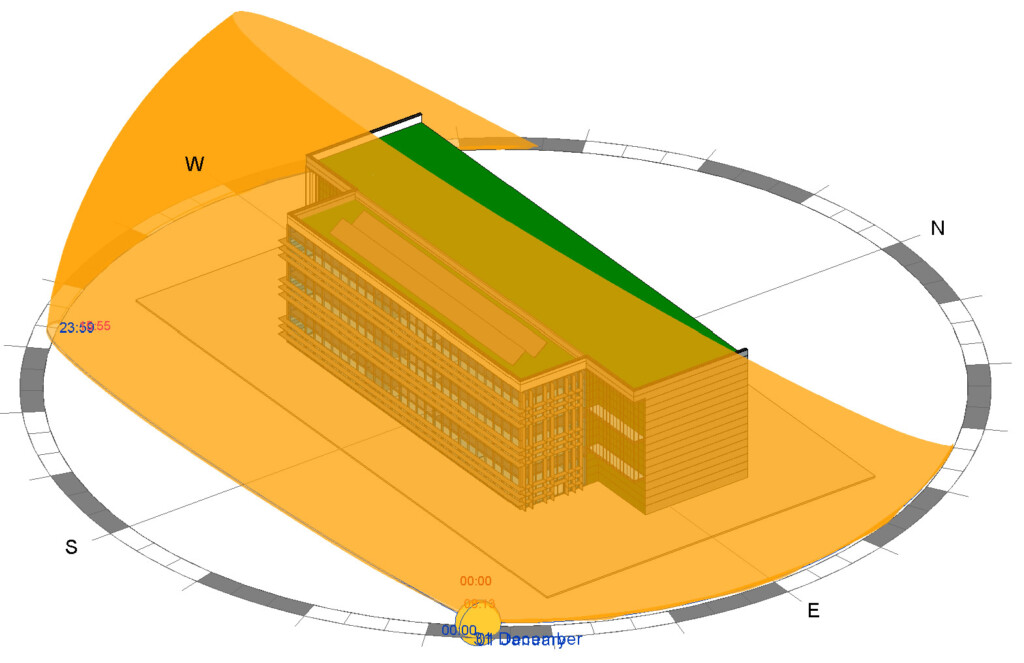To Everything There is a Season – Psychology, Context and Calm 14 Jul 2025
By James Clark
Architecture is something I’ve always considered as both arising from the human experience and offering the chance to improve it – so when I was invited to reflect on the recent article from the RIBA Journal on the perception of building designs (Psychology and neuroscience’s lessons for facade design | RIBAJ) it felt like joining a conversation I already enjoy.
At StudioNWA the focus is always on the human experience – even for the very large scales of building required for data centres. There is an interesting tension between creating comfortable environments for occupants and the public, and balancing demanding spatial requirements. As architects we often consult a familiar toolbox of questions and ways of thought to deal with this: understanding context, analysing site selections, balancing client brief and key architectural inspirations, and developing responses to these.
Perhaps, as the article suggests, this occasionally leads others to answers which aren’t appropriate for their situation, or don’t meet the context sensitively. But while the observations by the article’s contributors are interesting, I don’t know how to feel about a recommendation for the experience of ‘awe’ supported by a designer who specialises in spectacle. On one level it’s difficult to disagree – I like awe! – but on the other hand I live in a city with special places and quiet places, grand facades and simple house fronts, all mixed together and the better for it.
Maybe better language can help us find a way to improve and continue the conversation.
‘Simple’ does not have to mean unstimulating, or boring. Thoughtful architecture can inspire without greatly elaborate artifice – like how the simple curved glass facade of the Willis Building by Foster+Partners becomes a playful carnival mirror for the Lloyd’s of London building opposite, for example. In data centre architecture ‘simple’ buildings can still be evocative, through nuanced use of rhythms and layering, expression and response to context through textures and articulation, and the play of light and shadows through changing façade depths.
‘Context’ is not just a word to describe a testing location, but also can reflect a hugely meaningful architectural decision so fundamental it’s not even thought about once building starts. Our projects often occupy buffer zones between arterial roads, infrastructure and urban or semi-rural environments – where a clever architectural response can perform an important urban function, mediating different environments. That is not an accident.
Finally, the forgotten word in the discussion seems to be ‘time’. A building like the Tate Modern can make an instant impression, but it’s when you take the time to appreciate its quieter, more muted moments that it begins to live. Architecture for data infrastructure is often necessarily quiet, recessive in its context, but we put every bit of effort into making sure it rewards time spent in and around it. High-quality, calm and sustainable architecture deserves a bit of respect for making room for the social spaces, living spaces and monuments to take the limelight.
This opportunity to learn and reflect has been an excellent one, but I think it has simply served to reinforce the conviction that for StudioNWA and the profession the best way forward is the drive for quality. If we engage sincerely, positively and with great professional care, we can always be confident that – no matter the context, or the scale – we will find a healthy, attractive architectural solution for our clients and the public.



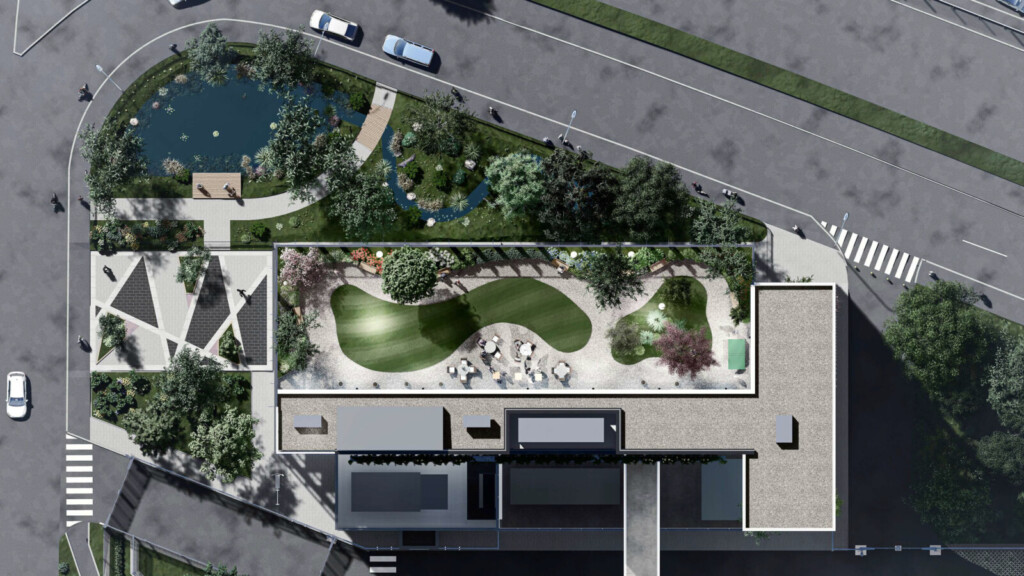
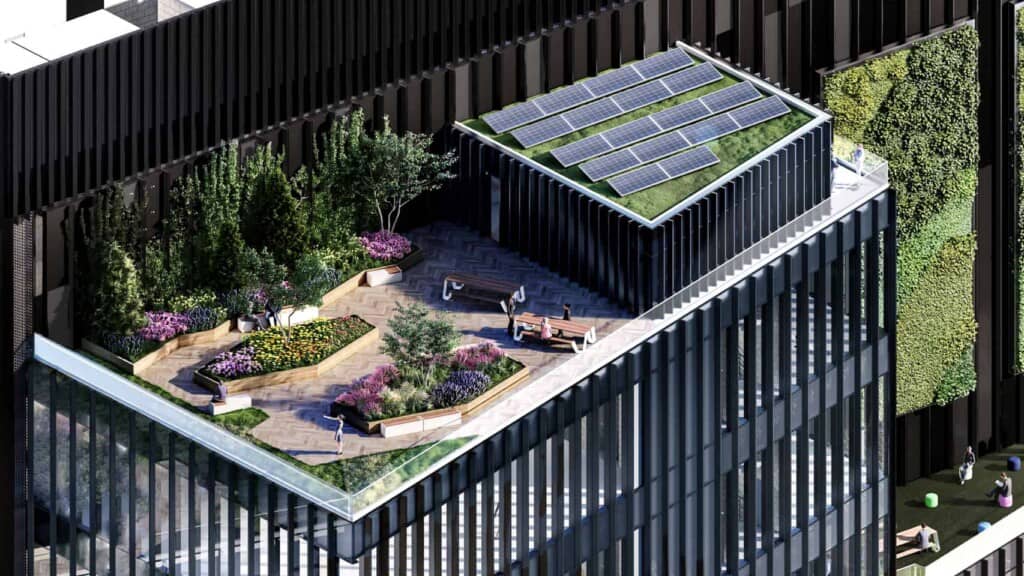
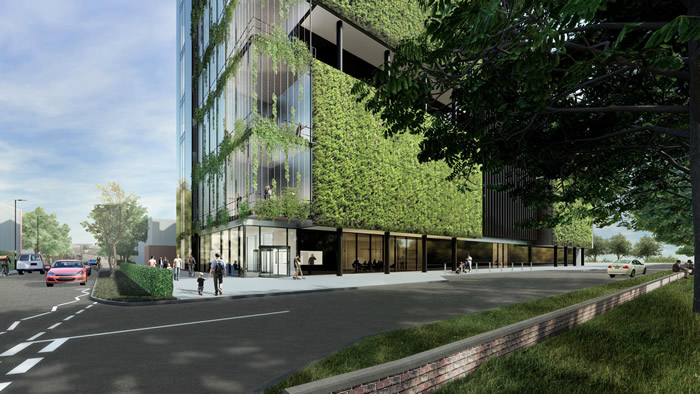
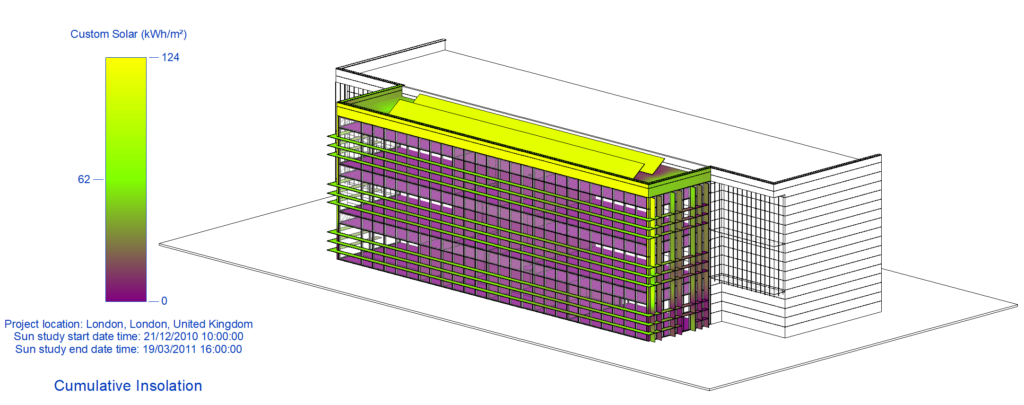 Glazing ratios and solar shading devices designed to suit solar orientation ensure the building façade becomes more resilient to excessive heat gains and losses.
Glazing ratios and solar shading devices designed to suit solar orientation ensure the building façade becomes more resilient to excessive heat gains and losses.